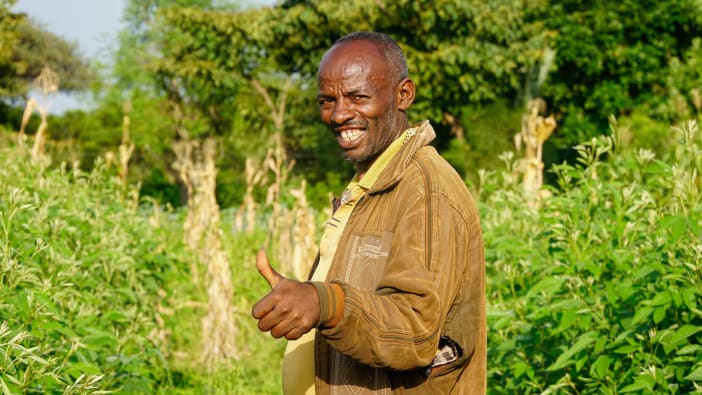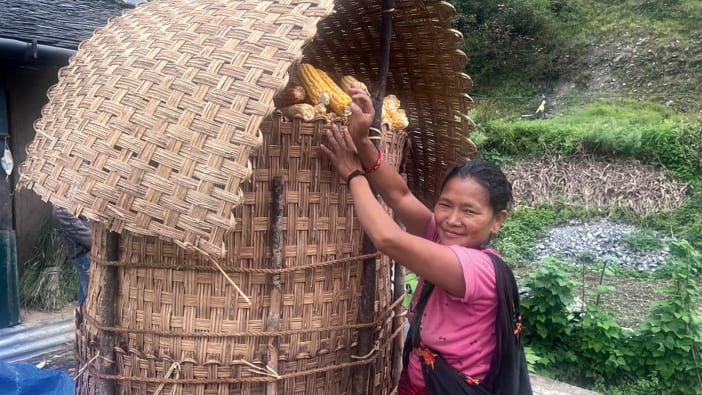Adapted from the book Seed to Seed by Suzanne Ashworth with kind permission.
The cost and availability of vegetable seeds is often a problem for small farmers. Farmers usually have a wealth of knowledge about how to grow and propagate traditional crops. However, in many parts of the world recently introduced vegetables such as cabbage, tomatoes, onions, kale and peppers are now very common. Farmers often have little knowledge about how to save their own seed from these crops. They often depend on buying new seed for each crop. Here are some helpful ideas adapted from the book Seed to Seed
Tomatoes
Tomatoes come from South America, but they are now found all over the world. Tomatoes are usually self-pollinating, so it is possible to grow several varieties in the same garden and collect seed from each variety. Tomatoes are easy to collect seed from. Harvest ripe tomatoes and cut them in half across the middle (not through the stem and blossom ends). Squeeze out the seeds and surrounding flesh into a bowl or bucket. The rest of the tomato can be eaten. Add a little water to the seeds and mash the mixture really well to a paste. If available, an electric blender is ideal for this.
Each tomato seed is surrounded by a coat of gel. Under natural conditions (that is, if we do not pick and eat the tomato!), this gel contains substances that inhibit germination until the tomato fruit rots away, leaving the seeds in the soil to germinate. We need to duplicate this rotting process. Leave the container of seeds and gel to ferment for about three days. It will smell quite unpleasant, so do not leave it in the house or where children or animals could tip it over. Soon it will be covered by a layer of white or grey mould. Add enough water to double the mixture and stir well. The good seeds will settle to the bottom of the container, allowing the mould, flesh and hollow seeds to be poured away carefully. Add more water and repeat until you are left with clean seeds. Pour the seeds into a kitchen (or tea) strainer. Wipe the bottom of the strainer with a towel to remove as much water as possible. Then tip the seeds onto a plate to dry. Do not place them on paper because they are very hard to remove. Stir at least twice a day until dry. Do not dry the seeds in direct sunlight or in an oven. Store the dry seeds in an airtight glass jar – they should keep for between four and ten years.
The Cabbage Family
This includes cabbage, kale, broccoli, cauliflower and chinese cabbage. All members of this family can crossbreed with each other. It is better, therefore, to grow just one crop (of one variety) from the cabbage family in the garden if you plan to collect seeds. Select a few of the healthiest plants and do not harvest them when ready to eat.
Leave them to carry on growing and they will all eventually produce yellow flowers and then seed pods. Cabbages will not produce seed until the next growing season. The seed stalks are often quite tall. When the seed pods begin to turn light brown and shatter easily, begin harvesting seed. The ripest seed pods are found at the bottom of each stalk and they should be hand-harvested as they dry. Harvesting will continue for several weeks. The entire stalk can be harvested when the largest number of pods are dry, if there is no time for handharvesting. Dry the seed pods well out of the direct sun. Thresh the dry pods and winnow the remains of the seed pods. Store the dry seed in airtight jars. It will keep for up to five years.









